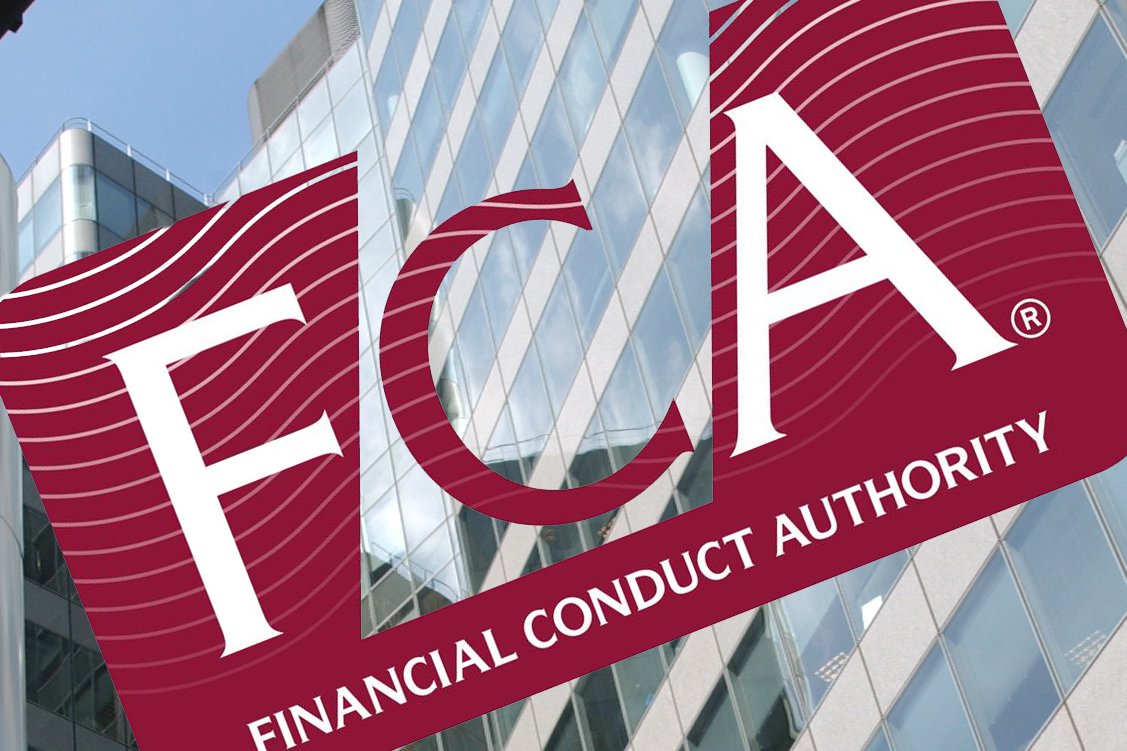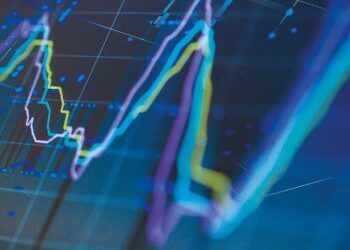By Brian Nick, Chief Investment Strategist at Nuveen.
To the nameless economists who played down the risk of inflation, 2021 was a year to forget. This week’s data confirmed that U.S. consumer prices rose 7% last year while core prices rose by a slightly-less-eye-popping 5.5%. The Fed is shifting its tone.
The state of inflation
The patterns in last month’s CPI report were familiar: Durable goods (+1.2%) were outsized drivers of price increases. Within that category, used cars were the biggest outlier, rising 3.5%. Overall, services inflation remained relatively tame at 0.3%, but shelter inflation – which is notoriously difficult to account for given how many people own their own homes – has been running hotter than normal.
Inflation in 2021 owed much to the positive demand shock from multiple fiscal stimulus measures in the first half of the year and the ongoing shortage of semiconductor chips that go into products like cars. The highest months for inflation occurred in the second quarter of last year, but Q4 marked a return to inarguably elevated inflation that is capturing more than just hiccups in global supply chains.
The Fed makes an about-face
Until last year, it would not have come as a surprise to markets that a central bank whose economy had
just experienced a year of 7% inflation might look to raise rates (OK, other than the Central Bank of Turkey). But Fed’s shift in tone has been abrupt, from the “all is well because inflation is transitory” talk of September 2021 to the “actually inflation is a severe risk” message Jay Powell delivered in his confirmation hearing just this week. What’s driving the Fed’s change of heart?
1) Supply chain issues aren’t going away fast enough, and durable goods prices continue to rise when the Fed and others likely expected them to be correcting by now.
2) The unemployment rate has dropped really far, really fast and the recovery in labor force participation has been disappointing.
The Fed is worried about a high inflation mentality settling into the economy. Goods prices are still high
and rising, while sharply increasing wages in some areas are pressuring profit margins and, potentially,
prices. We may be seeing a bit of that in the inflation numbers. Price increases at restaurants and personal care stores – jobs that tend to be labor intensive and offer relatively low wages – accelerated in Q4 despite the expiration of enhanced unemployment benefits in September.
What comes next?
Our view coming into 2022 was that the Fed could and would wait longer to see where inflation settles before raising rates. But it now appears to be taking inflation risks much more seriously, with a rate hike
now very much in play as soon as March. Markets have gotten the message, as well, with fed funds futures contracts pricing in between three and four hikes from the Fed this year.
The Fed also appears primed to embark on quantitative tightening (QT) as soon as the second half of this year. QT occurs as the Fed allows maturing securities to roll off its balance sheet without replacing them, draining liquidity from the financial system and tightening overall conditions.





